Home>Furniture & Design>Outdoor Furniture>How To Drain Outdoor Faucets For Winter
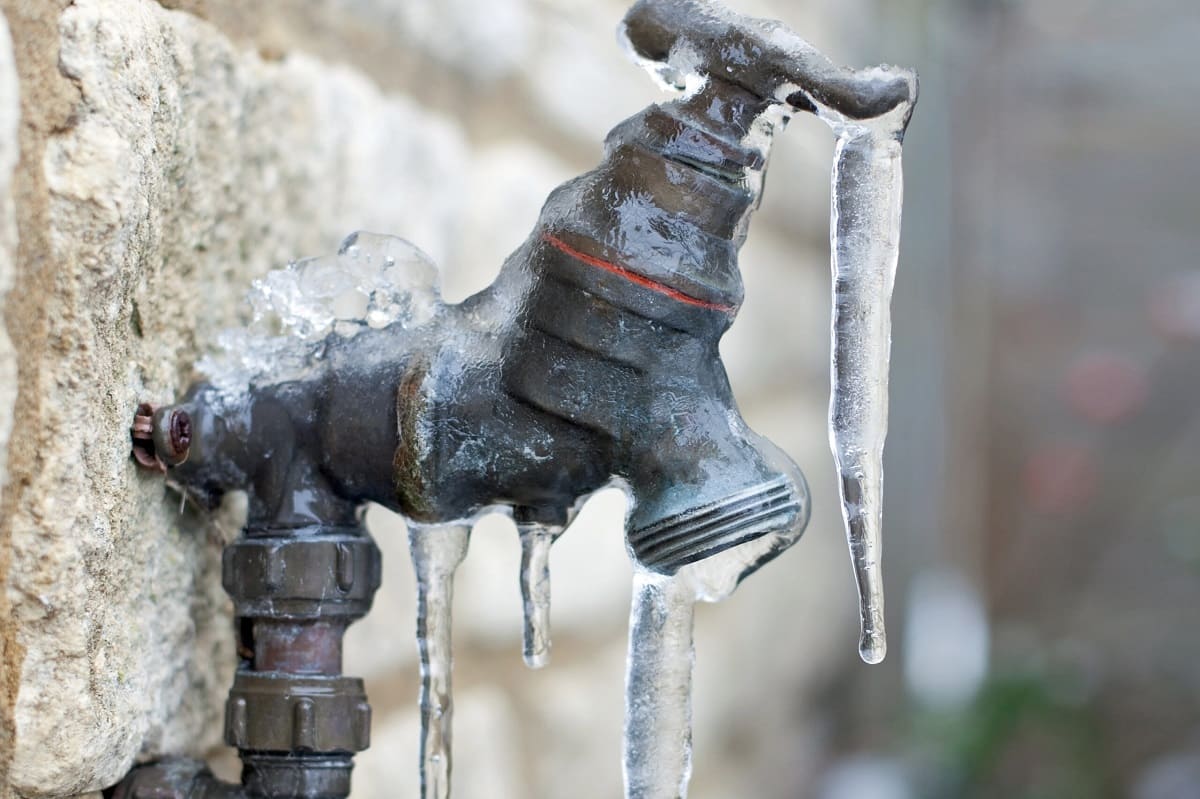

Outdoor Furniture
How To Drain Outdoor Faucets For Winter
Modified: April 23, 2024
Learn how to properly drain outdoor faucets for winter to protect your outdoor furniture. Follow these steps for a hassle-free winterization process.
(Many of the links in this article redirect to a specific reviewed product. Your purchase of these products through affiliate links helps to generate commission for Storables.com, at no extra cost. Learn more)
Introduction
Read more: How To Winterize An Outdoor Faucet
Why It's Important to Drain Outdoor Faucets
As the leaves begin to change and the air turns crisp, it's time to prepare our homes for the colder months. One crucial task that often gets overlooked is winterizing outdoor faucets. Failing to properly drain and shut off outdoor faucets can lead to frozen and burst pipes, resulting in costly repairs and water damage. In this guide, we'll explore the importance of draining outdoor faucets for winter and provide step-by-step instructions for completing this essential maintenance task.
It's easy to underestimate the impact of freezing temperatures on outdoor plumbing fixtures, but the consequences of neglecting this simple chore can be severe. When water freezes inside an outdoor faucet or the connected pipes, it expands, creating tremendous pressure that can cause the pipe to burst. This can result in flooding, structural damage, and the need for extensive repairs. By taking the time to drain outdoor faucets before the first freeze, homeowners can avoid these potential disasters and preserve the integrity of their plumbing system.
The process of draining outdoor faucets is relatively straightforward and requires minimal tools and materials. By following a few simple steps, you can safeguard your outdoor plumbing fixtures against the ravages of winter and ensure that they remain in good working condition when the warmer weather returns. Let's delve into the details of why it's crucial to drain outdoor faucets and how to complete this task effectively.
Key Takeaways:
- Don’t overlook draining outdoor faucets before winter to prevent costly damage from frozen pipes. Follow simple steps and gather basic tools to safeguard your home.
- Enhance winterization by installing frost-free faucets, disconnecting hoses, and sealing vents. Proactive measures protect outdoor faucets from potential water damage.
Why It’s Important to Drain Outdoor Faucets
Outdoor faucets, also known as hose bibs or spigots, are particularly vulnerable to damage during the winter months. When water lingers in the pipes and fixtures, it can freeze when temperatures drop, causing the water to expand and potentially rupture the pipes. This can lead to extensive water damage and costly repairs. By draining outdoor faucets before the onset of freezing temperatures, homeowners can prevent these issues and preserve the integrity of their plumbing system.
Properly draining outdoor faucets is essential for safeguarding your home against the perils of frozen pipes. When water freezes inside the pipes, it creates immense pressure, which can lead to cracks, leaks, or complete pipe bursts. This not only disrupts the water supply but can also result in flooding and structural damage to your home. Additionally, the ensuing water damage can lead to mold growth and compromise the structural integrity of your property.
Moreover, neglecting to drain outdoor faucets can impact the longevity and functionality of the fixtures themselves. When water freezes inside the faucet or the connected pipes, it can cause the metal to expand and crack, leading to irreparable damage. By taking the time to drain outdoor faucets, you can prevent the need for costly repairs or replacements and ensure that your outdoor plumbing fixtures remain in optimal condition.
Furthermore, draining outdoor faucets is a proactive measure that can save homeowners from the inconvenience and expense of dealing with plumbing emergencies during the winter. By incorporating this simple task into your seasonal maintenance routine, you can avoid the stress and disruption of unexpected plumbing issues, allowing you to enjoy a worry-free winter season.
Overall, by understanding the importance of draining outdoor faucets and taking the necessary steps to prepare your plumbing for winter, you can protect your home from potential water damage, avoid costly repairs, and ensure that your outdoor fixtures remain in excellent working condition for years to come.
Tools and Materials Needed
Before embarking on the task of draining your outdoor faucets for winter, it’s essential to gather the necessary tools and materials. Fortunately, this process requires only a few basic items that are readily available at most hardware or home improvement stores. Here’s what you’ll need:
- Adjustable Wrench: This versatile tool will be used to loosen the hose connection and access the faucet’s interior components.
- Garden Hose (optional): If your outdoor faucet is equipped with a threaded spout, you may need a garden hose to facilitate the draining process.
- Bucket or Container: A sturdy bucket or container will be used to collect any residual water that drains from the faucet.
- Towel or Rag: Having a towel or rag on hand will allow you to wipe down the faucet and surrounding area, ensuring that it is dry and free of any debris before winter sets in.
- Insulating Cover (optional): For added protection, consider investing in an insulating cover designed specifically for outdoor faucets. These covers help shield the faucet from freezing temperatures and can be a valuable asset in colder climates.
While the list of tools and materials is relatively short, ensuring that you have everything on hand before you begin will streamline the process and help you complete the task efficiently. By taking the time to gather these items, you can proceed with confidence, knowing that you have everything you need to winterize your outdoor faucets effectively.
Steps to Drain Outdoor Faucets
Winterizing your outdoor faucets is a straightforward process that can be completed with minimal effort and a few basic tools. By following these simple steps, you can effectively drain your outdoor faucets and protect them from the potential damage caused by freezing temperatures.
- Turn Off the Water Supply: Locate the shut-off valve for the outdoor faucet and turn off the water supply. This valve is typically found inside the house, near the point where the outdoor faucet connects to the indoor plumbing.
- Disconnect Hoses and Attachments: If there are any hoses, splitters, or other attachments connected to the outdoor faucet, remove them to ensure unobstructed access to the faucet.
- Open the Outdoor Faucet: Once the hoses and attachments have been removed, go outside and open the outdoor faucet to allow any residual water to drain out. This will help prevent any remaining water from freezing and causing damage.
- Drain the Faucet: If your outdoor faucet has a threaded spout, you can attach a garden hose to facilitate the draining process. Direct the hose to a location where the water can safely drain, such as a sloped area away from the house or a nearby drain. If your faucet does not have a threaded spout, simply allow the water to flow freely from the open faucet.
- Remove Any Remaining Water: Once the faucet has been allowed to drain, use an adjustable wrench to remove the bleeder cap, if present, and allow any residual water to escape. This will help ensure that no water is left inside the faucet or the connected pipes.
- Close the Outdoor Faucet: After the water has been drained, close the outdoor faucet to prevent any debris or pests from entering the plumbing system during the winter months.
- Insulate the Faucet (Optional): For added protection, consider installing an insulating cover over the outdoor faucet. These covers provide an extra layer of insulation and help shield the faucet from freezing temperatures.
By following these steps, you can effectively drain your outdoor faucets and minimize the risk of frozen pipes and potential water damage during the winter months. This simple maintenance task can go a long way in preserving the integrity of your plumbing system and ensuring that your outdoor faucets remain in optimal condition.
Disconnect and drain all hoses from the outdoor faucets before the first freeze. Then, turn off the water supply to the outdoor faucets and open the faucets to allow any remaining water to drain out. This will prevent the pipes from freezing and bursting during the winter.
Read more: How To Cover Outdoor Faucet For Winter
Additional Tips for Winterizing Outdoor Faucets
While draining your outdoor faucets is a crucial step in preparing them for winter, there are additional measures you can take to further protect your plumbing fixtures from the ravages of cold weather. Consider the following tips to enhance the winterization of your outdoor faucets:
- Install Frost-Free Faucets: If you’re in the process of replacing outdoor faucets, consider installing frost-free models. These faucets are designed to prevent water from lingering inside the pipe, reducing the risk of freezing and potential damage.
- Disconnect and Store Hoses: In addition to removing hoses from the outdoor faucets, be sure to drain them thoroughly and store them in a sheltered location for the winter. This will prevent the hoses from cracking or becoming damaged due to freezing temperatures.
- Seal Exterior Vents: Inspect the exterior vents of your home and ensure that they are properly sealed to prevent cold air from entering and affecting the pipes connected to outdoor faucets.
- Apply Insulation: For added protection, consider insulating any exposed pipes, especially those in unheated areas such as garages or crawl spaces. This can help prevent freezing and minimize the risk of pipe damage.
- Regularly Monitor Weather Forecasts: Stay informed about upcoming weather conditions and be proactive in preparing your outdoor faucets for particularly cold nights. Taking preemptive action can help prevent potential issues before they arise.
- Seek Professional Assistance: If you’re unsure about how to winterize your outdoor faucets or suspect that there may be underlying issues with your plumbing, don’t hesitate to seek the expertise of a licensed plumber. Professional guidance can ensure that your outdoor faucets are adequately protected from winter-related damage.
By incorporating these additional tips into your winterization routine, you can fortify your outdoor faucets against the challenges of colder temperatures and minimize the risk of frozen pipes and potential water damage. Taking a proactive approach to winterizing your outdoor faucets can ultimately save you from the inconvenience and expense of dealing with plumbing issues during the winter months.
Conclusion
As the seasons transition and the threat of freezing temperatures looms, the task of draining outdoor faucets emerges as a critical component of home maintenance. By recognizing the importance of this simple yet essential chore, homeowners can protect their plumbing system from the perils of frozen pipes and potential water damage. With the guidance provided in this article, you can confidently undertake the process of winterizing your outdoor faucets, safeguarding them against the harsh conditions of winter.
Armed with basic tools and a clear understanding of the necessary steps, you can effectively drain your outdoor faucets and mitigate the risk of costly repairs and disruptive plumbing emergencies. Furthermore, by implementing additional tips such as installing frost-free faucets, disconnecting and storing hoses, and applying insulation, you can fortify your outdoor plumbing fixtures against the challenges of winter.
By taking a proactive approach to winterizing your outdoor faucets and incorporating these recommended strategies, you can enjoy peace of mind knowing that your home is prepared for the colder months. Whether you’re a seasoned homeowner or new to the responsibilities of property maintenance, the process of draining outdoor faucets is an accessible and impactful task that can yield significant long-term benefits.
As you complete this essential maintenance endeavor, remember that a small investment of time and effort now can spare you from the inconvenience and expense of dealing with frozen pipes and water damage in the future. By prioritizing the winterization of your outdoor faucets, you are not only preserving the integrity of your plumbing system but also safeguarding the comfort and security of your home.
With these insights and practical guidelines at your disposal, you are well-equipped to embark on the winterization journey and ensure that your outdoor faucets remain in optimal condition throughout the colder months. By embracing the responsibility of maintaining your outdoor plumbing fixtures, you are actively contributing to the resilience and longevity of your home, creating a safe and secure environment for you and your loved ones.
Frequently Asked Questions about How To Drain Outdoor Faucets For Winter
Was this page helpful?
At Storables.com, we guarantee accurate and reliable information. Our content, validated by Expert Board Contributors, is crafted following stringent Editorial Policies. We're committed to providing you with well-researched, expert-backed insights for all your informational needs.
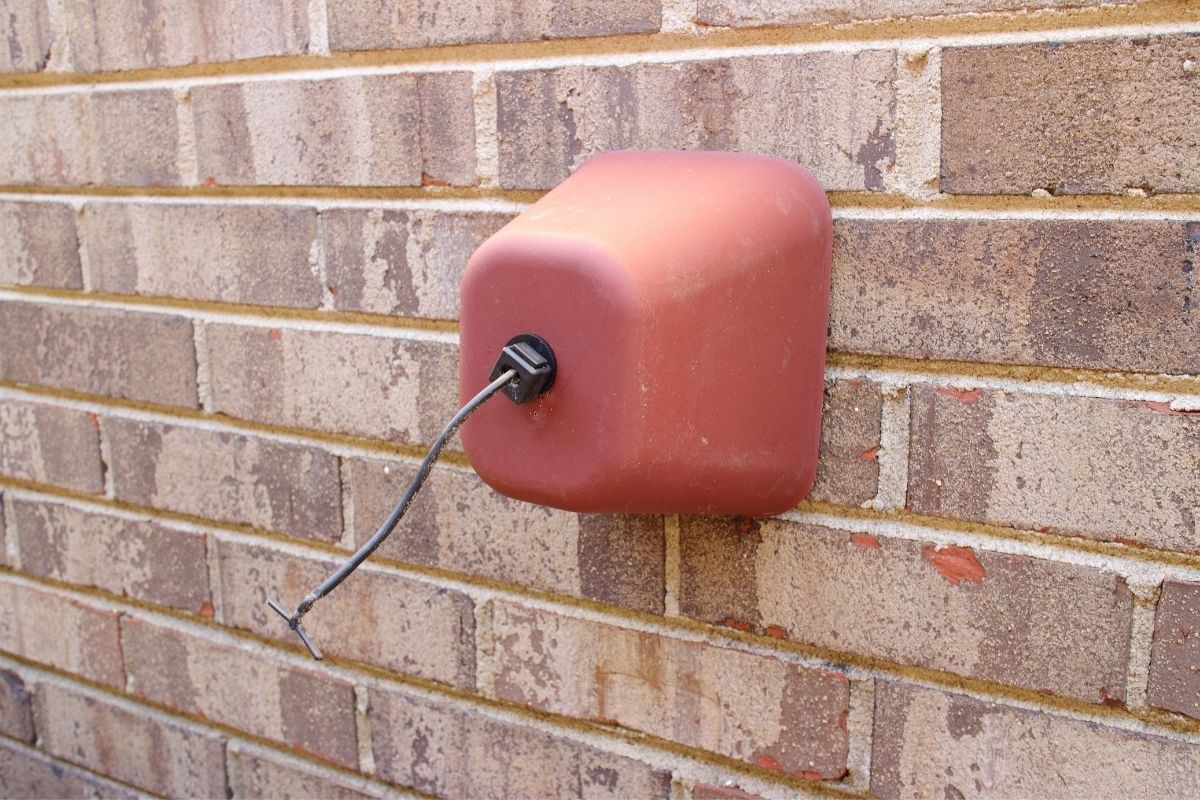
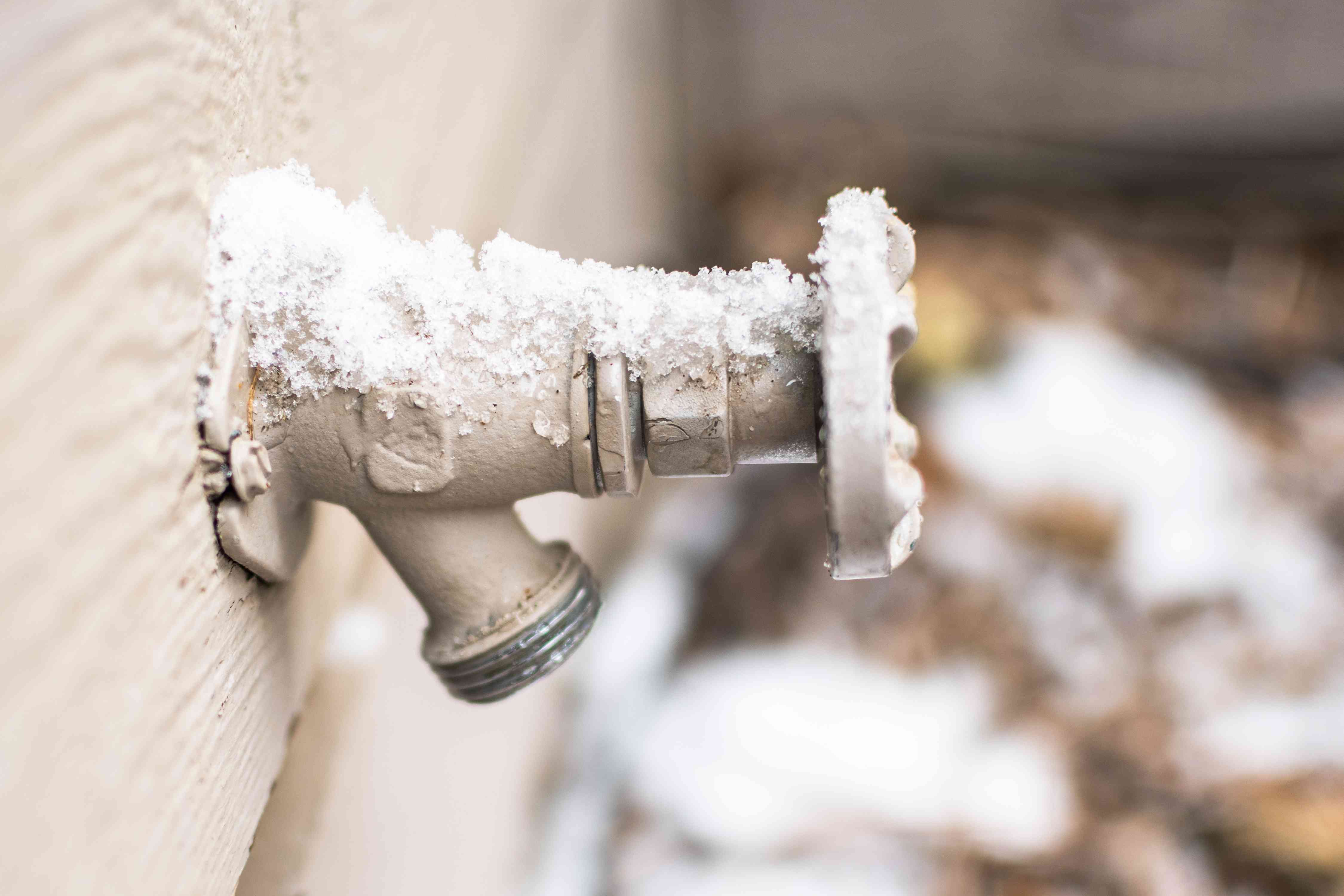
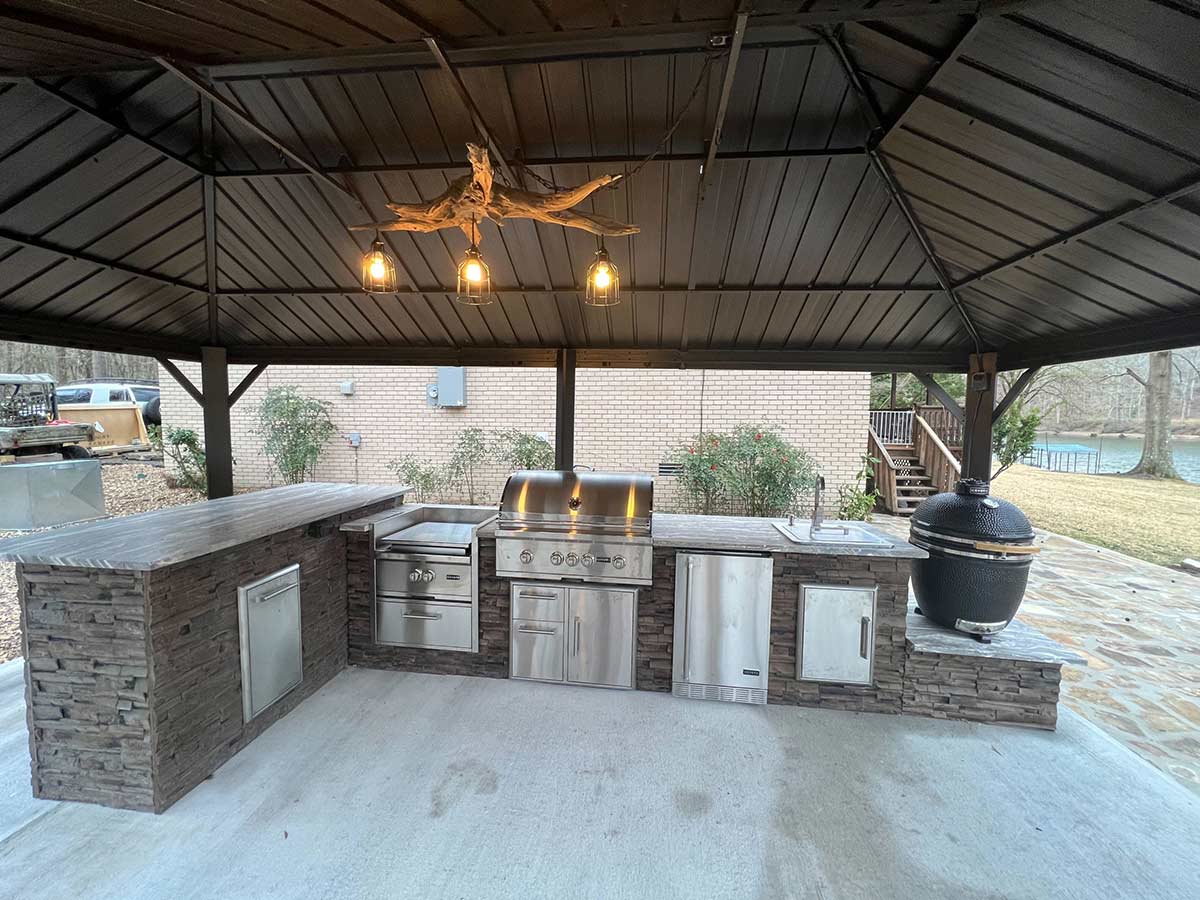
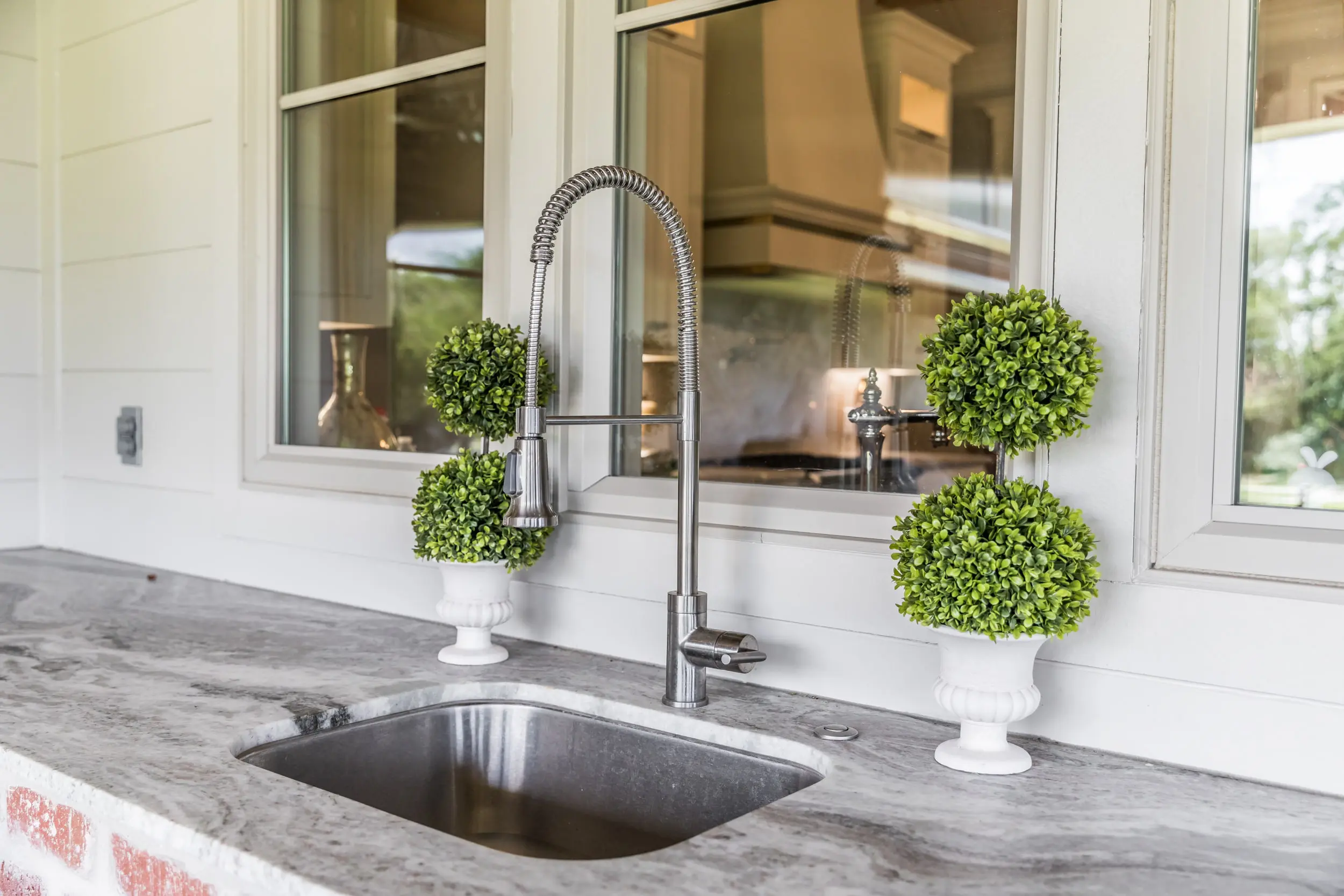
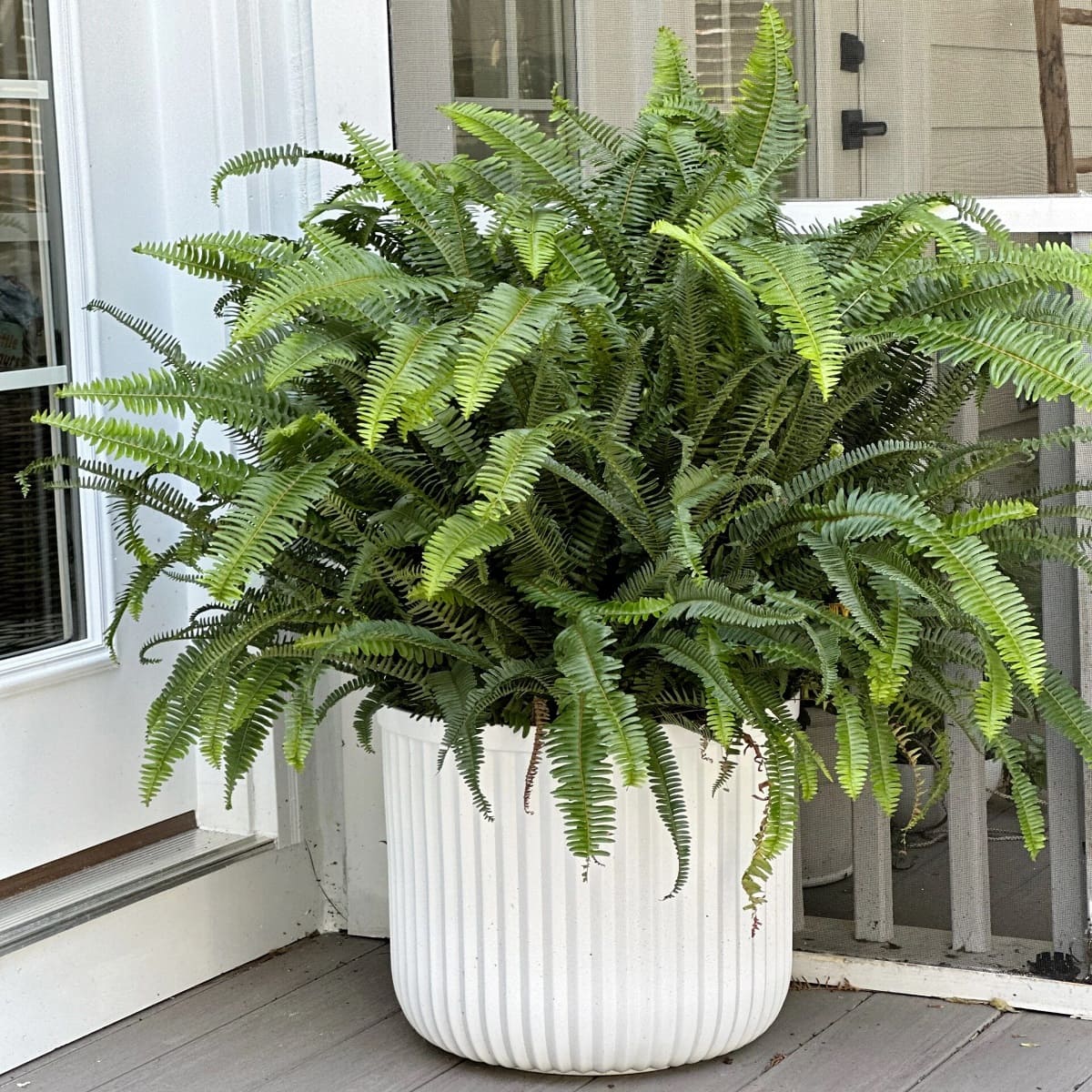

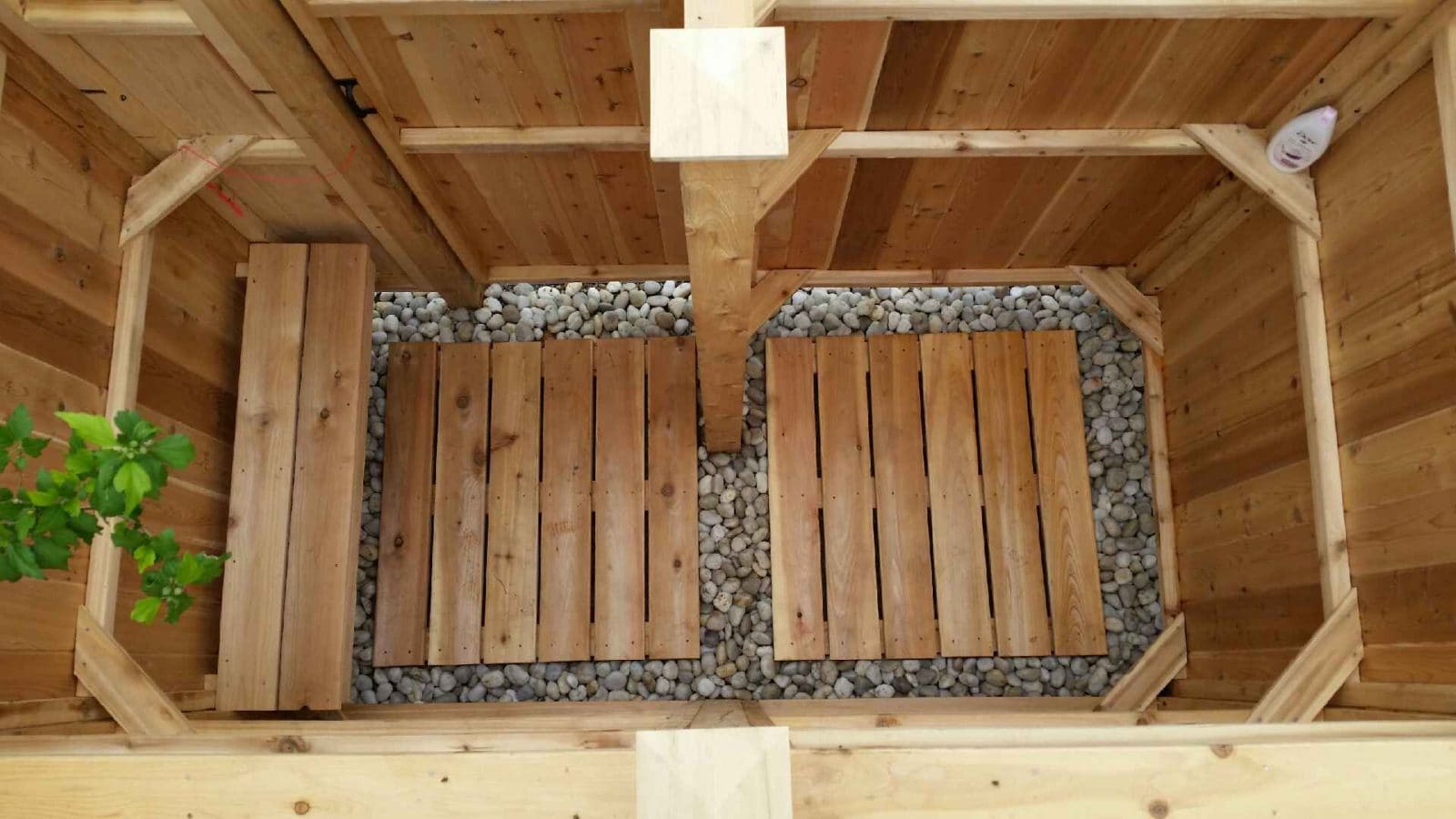
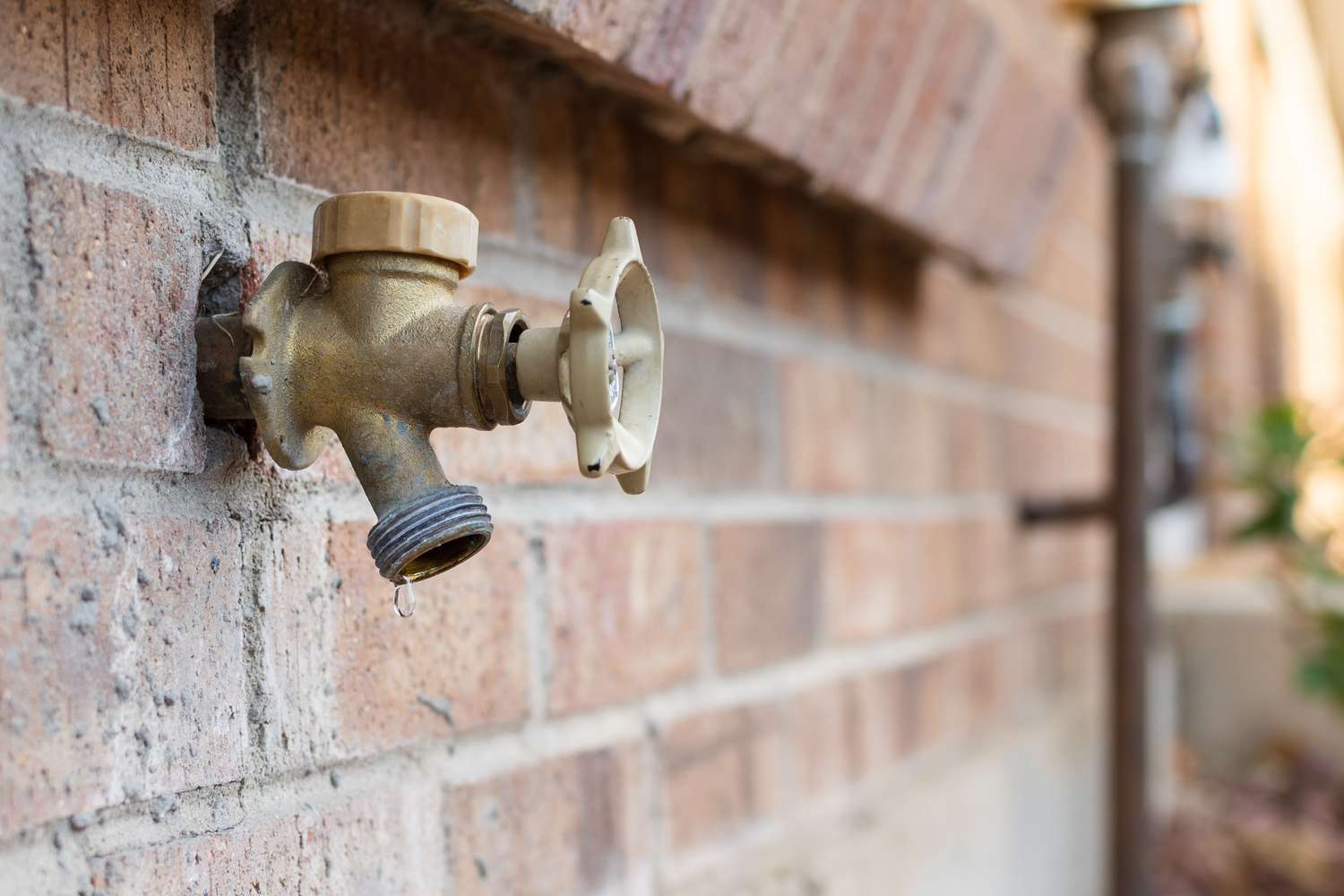
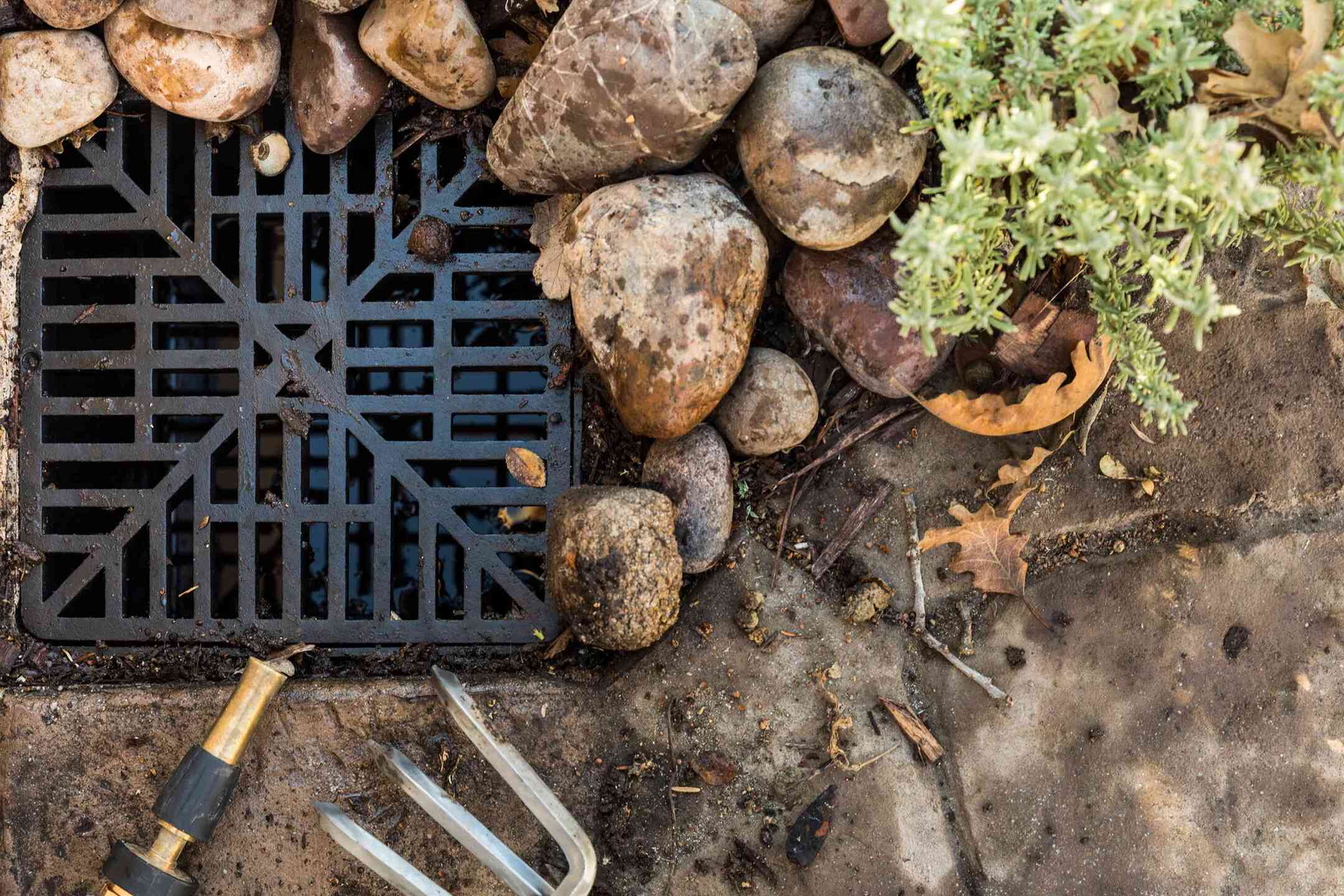
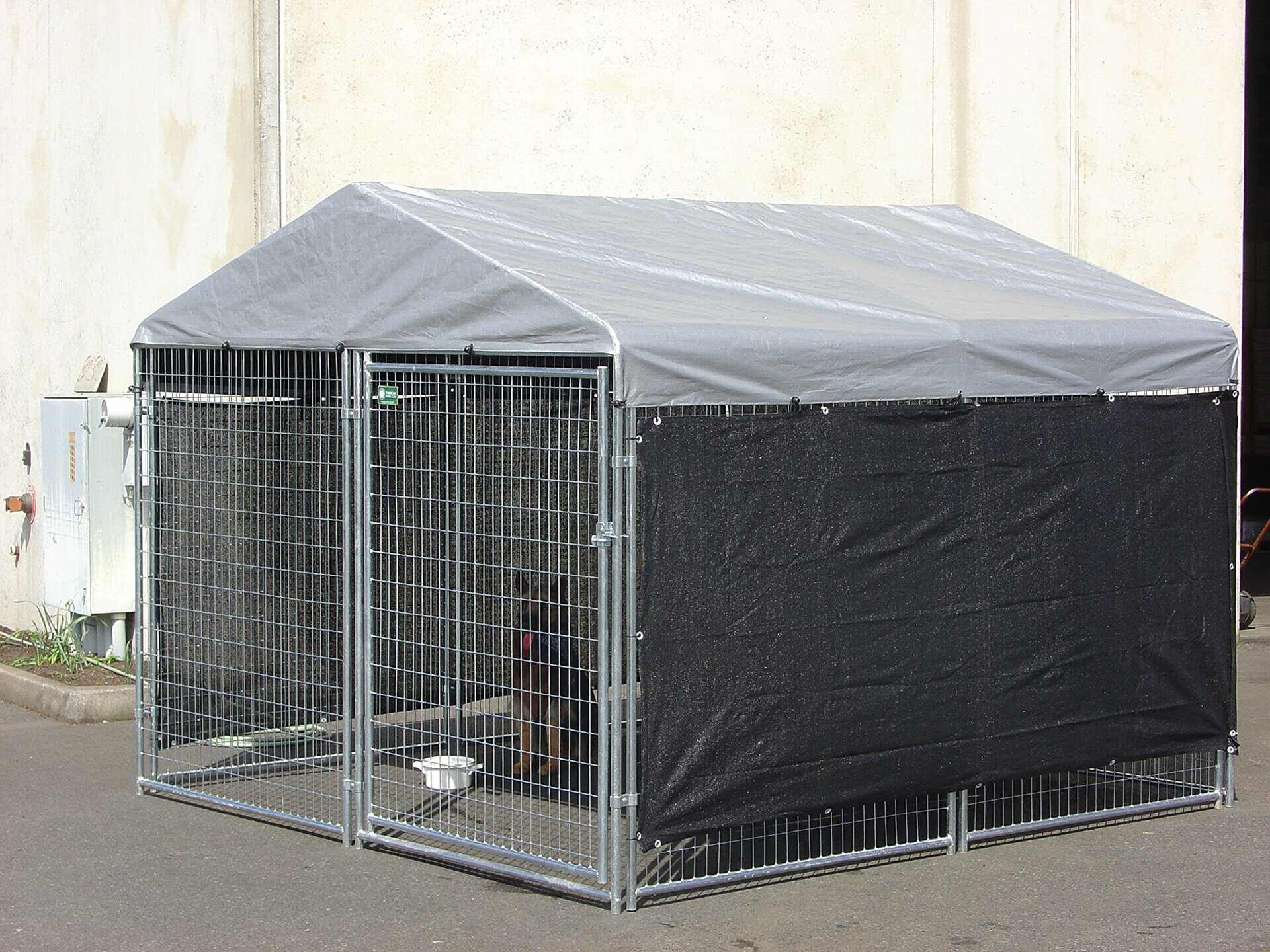
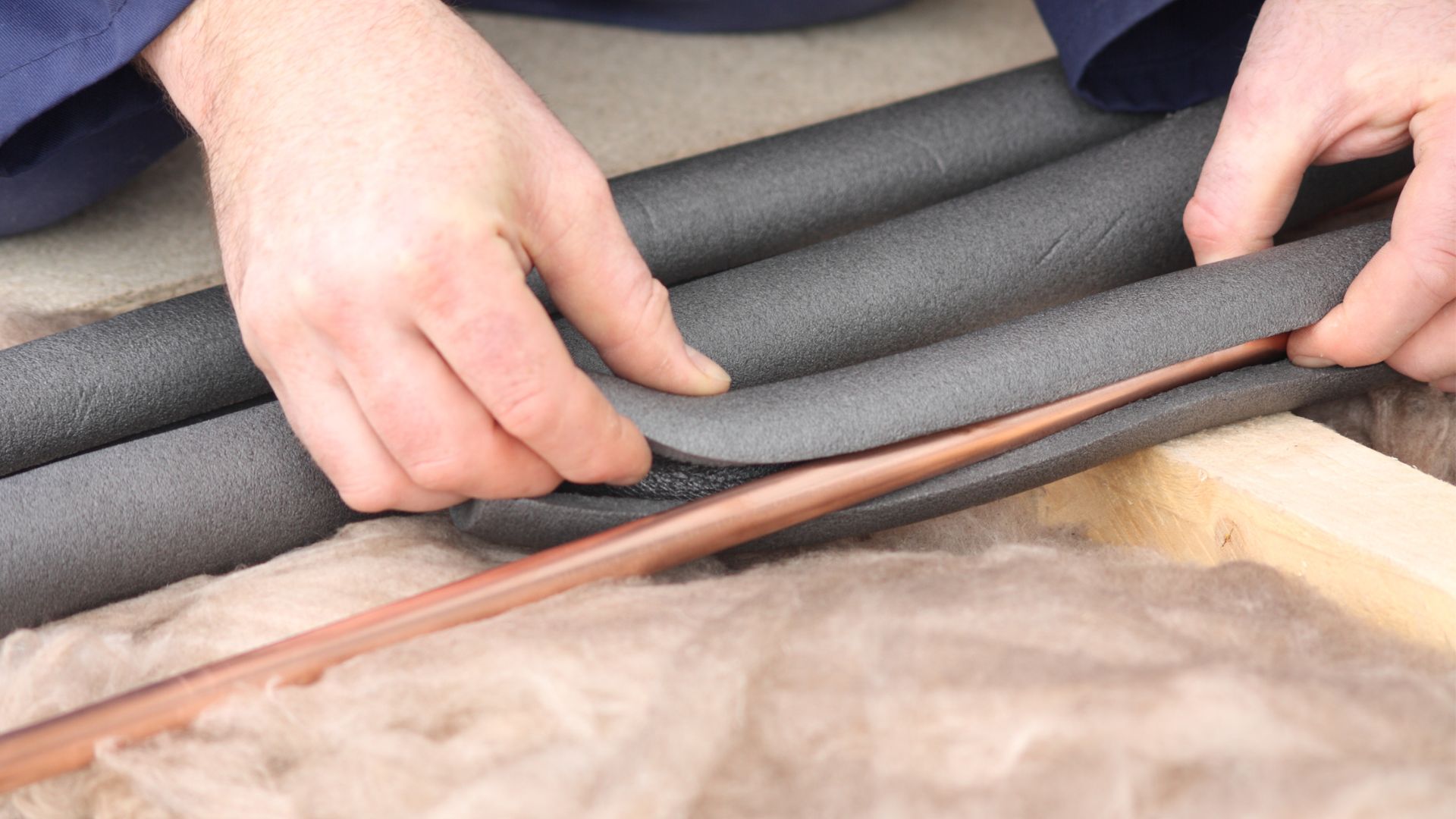
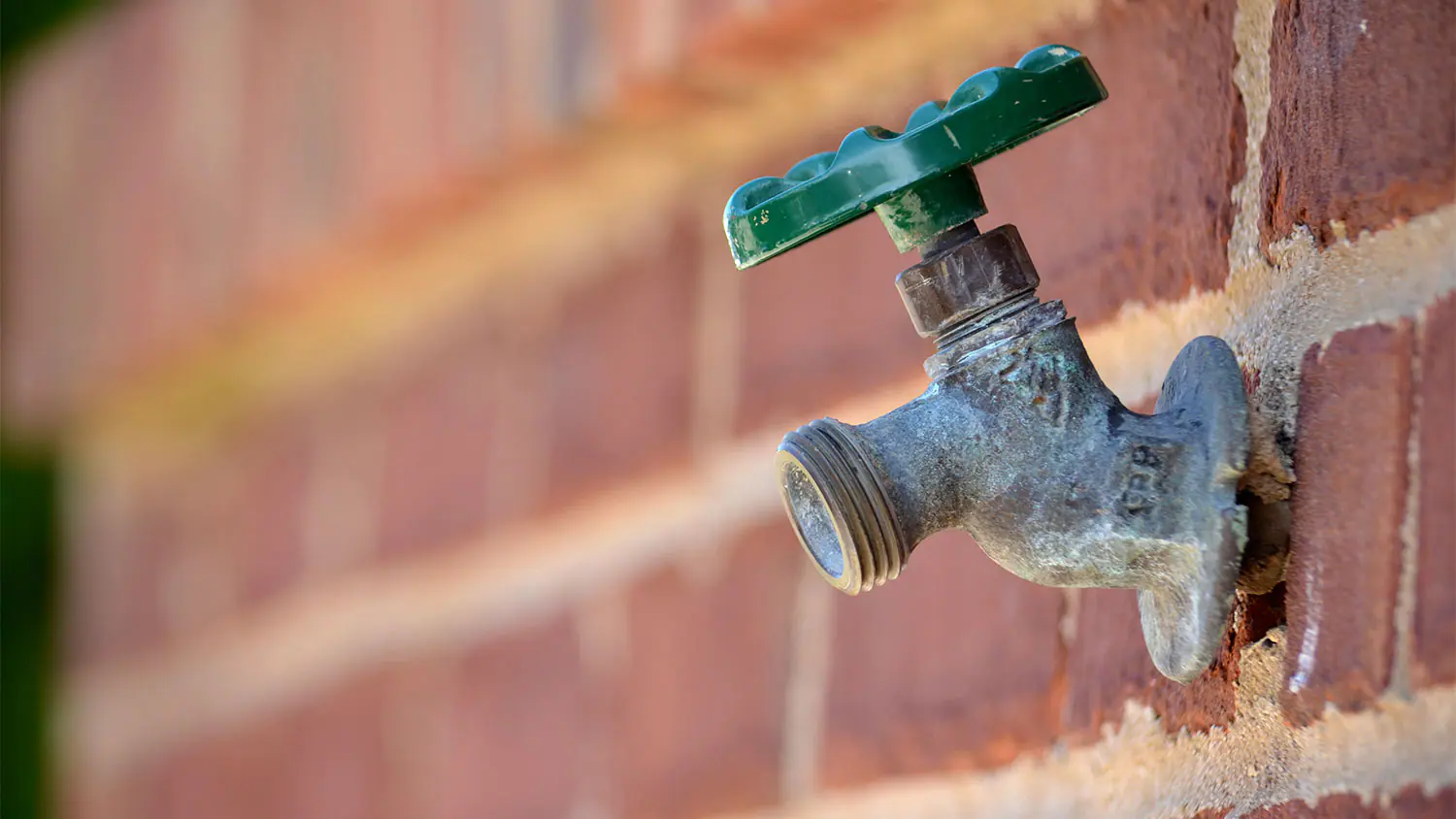
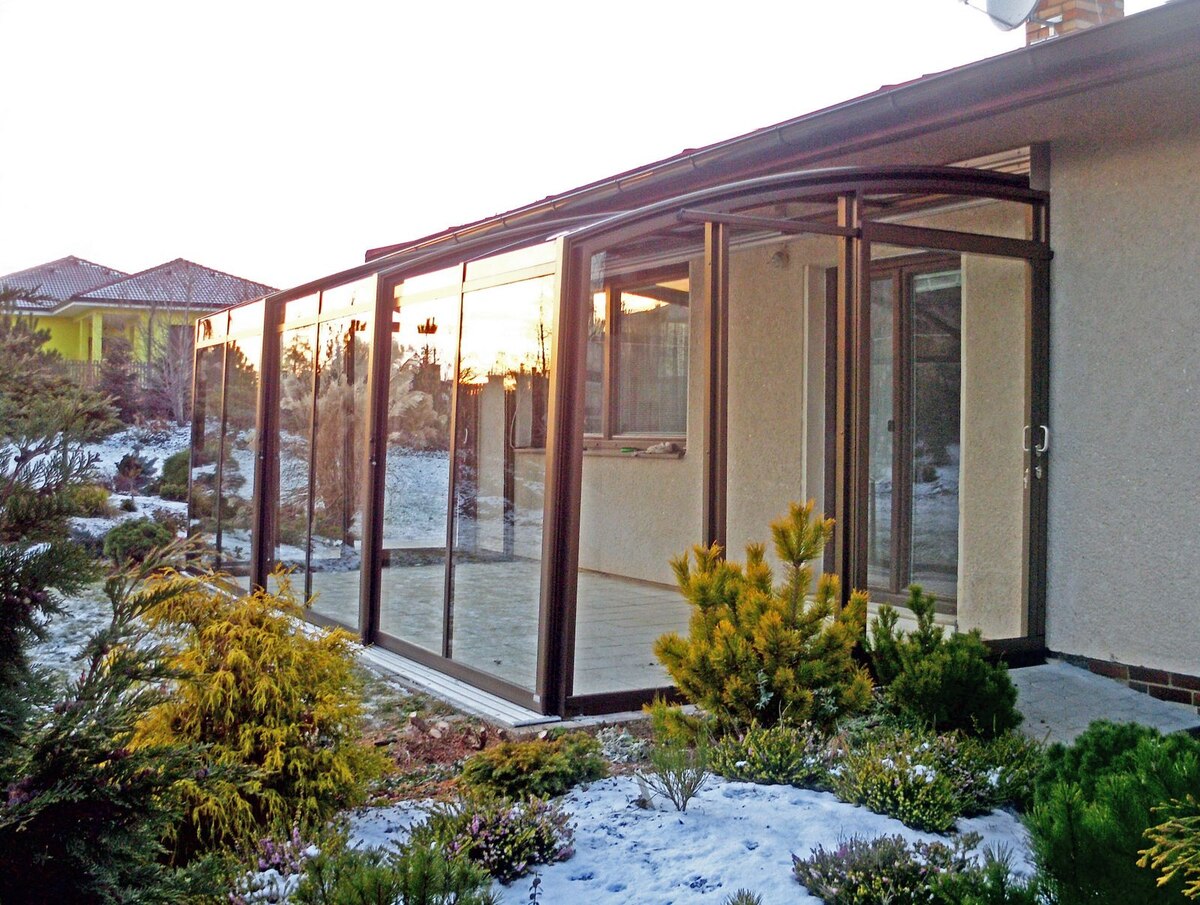
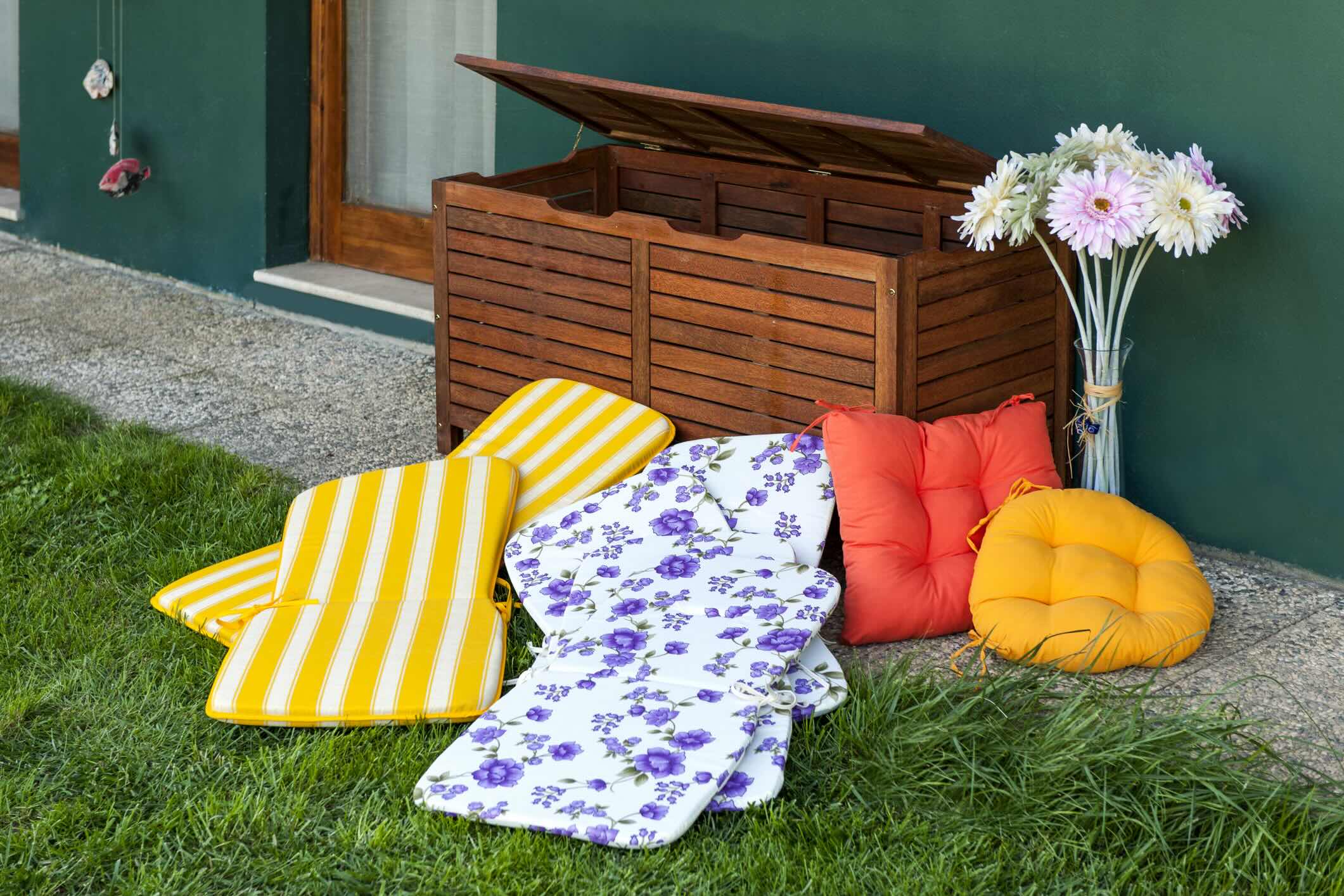

0 thoughts on “How To Drain Outdoor Faucets For Winter”